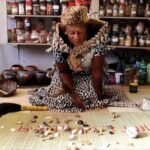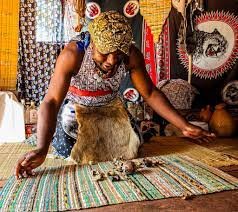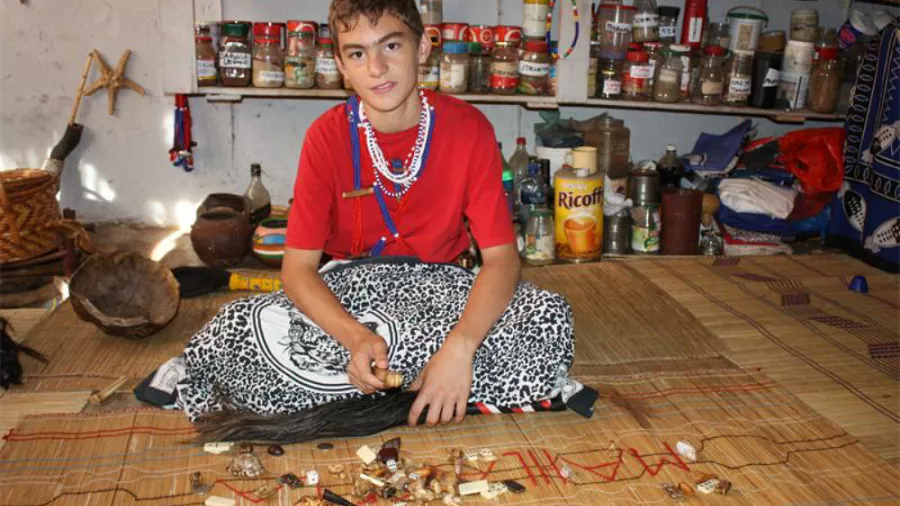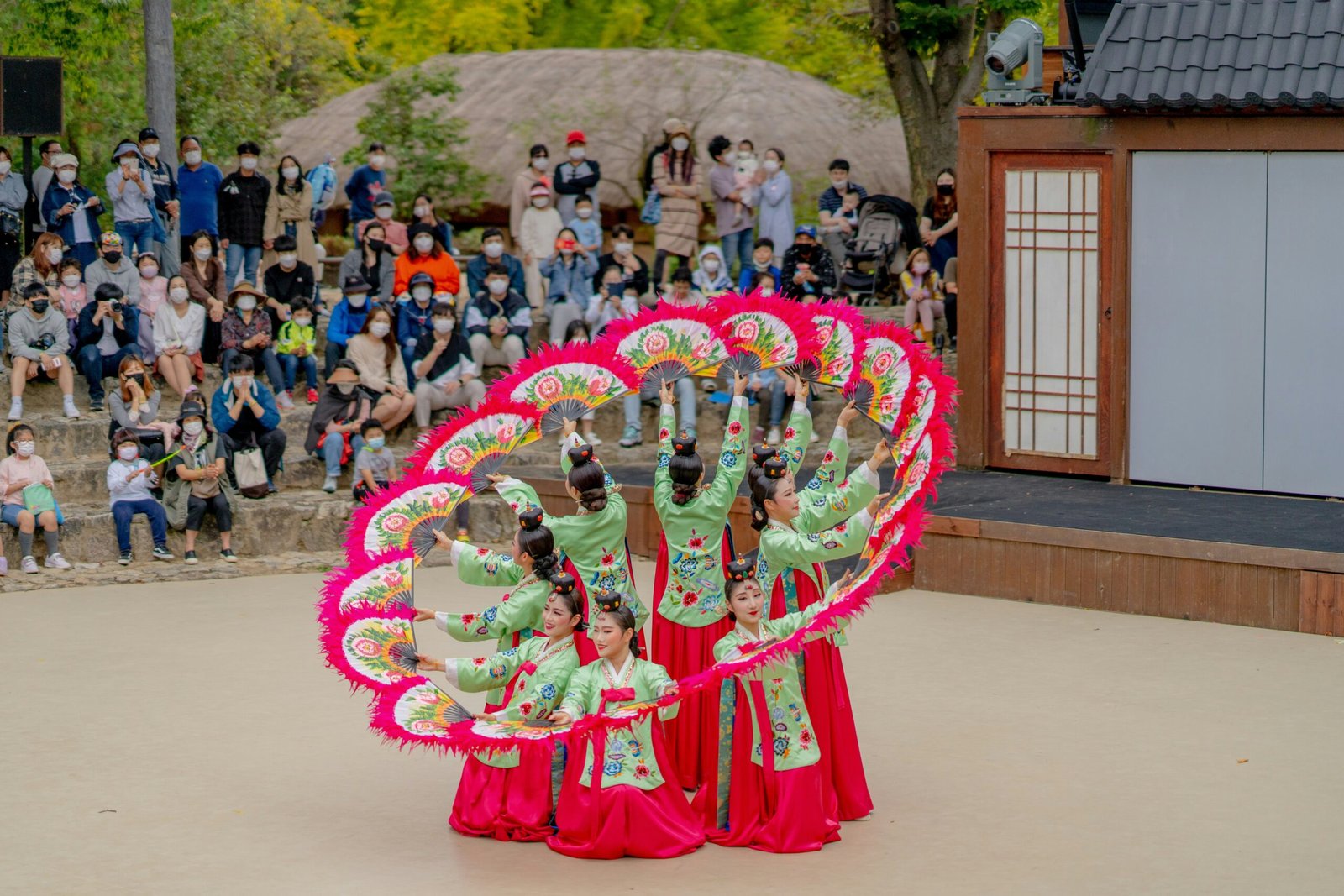What is a Traditional Healer?
Traditional healers play a vital role in various cultures around the globe, serving as connectors between ancient wisdom and contemporary health practices. These practitioners utilize a plethora of methods to promote healing, drawing from local traditions and accumulated knowledge. Among the diverse categories of traditional healers, one can find shamans, herbalists, and spiritualists, each with distinctive practices but united by a common philosophy: the interconnectedness of body, mind, and spirit.
Shamans are often viewed as mediators between the spiritual and physical realms, employing rituals, chants, and herbal remedies to facilitate healing. Their work is deeply embedded in the cultural fabric of indigenous communities, where they often engage in communal practices that reinforce social cohesion and cultural identity. Herbalists, on the other hand, specialize in the use of plants and natural substances to treat ailments. They possess extensive knowledge of local flora and their medicinal properties, using this expertise to create remedies that address various health issues.
Spiritualists focus on the emotional and spiritual dimensions of healing, offering guidance through counseling, rituals, and various spiritual practices. They frequently address issues related to one’s personal journey, assisting individuals in overcoming psychological challenges and fostering a sense of inner peace. Traditional healers approach health in a holistic manner, acknowledging the importance of emotional and spiritual well-being alongside the treatment of physical ailments. This multifaceted perspective allows them to cater to the needs of individuals in a comprehensive manner.
Historically, traditional healing practices have persisted through generations, often coexisting with modern medical systems. Their resilience is a testament to their significance in fostering health and community well-being. As contemporary societies increasingly acknowledge the value of holistic approaches, traditional healers are gaining recognition for their contributions to health and wellness, thereby bridging the gap between ancient traditions and modern healing methodologies.
The Practices and Techniques of Traditional Healing
Traditional healing encompasses a wide array of practices and techniques that vary significantly across different cultures and regions. At the core of these methods is the belief in the interconnectedness of the mind, body, and spirit, which guides the healing process. One of the most commonly utilized resources in traditional healing is the use of herbs and natural remedies. Healers often possess an extensive knowledge of local flora, as well as their medicinal properties, enabling them to create specific treatments tailored to the individual’s needs. These remedies may include teas, salves, and tinctures, which have been passed down through generations, and are rooted deeply in cultural traditions.
In addition to herbal medicine, traditional healers often employ rituals and ceremonies that are integral to the healing process. These rituals not only serve to empower the healing experience but also foster a sense of community among participants. Healing ceremonies may involve singing, dancing, or other forms of artistic expression, which can help to bring about emotional release and spiritual cleansing. The presence of community members during these rites reinforces social bonds and offers support for those undergoing healing, thus emphasizing the importance of collective healing practices.
Moreover, traditional healers commonly rely on their intuition and deep connection with nature to guide their practices. This intuitive aspect allows healers to understand the unique characteristics of their patients and discern the most appropriate healing pathways. The connection with nature is also paramount; many healers consider themselves stewards of the land, utilizing it as a source of both medicinal materials and spiritual inspiration. This deep reverence for the natural world contrasts starkly with conventional medicine, which often aims to isolate symptoms and treat them in a clinical setting. Ultimately, traditional healing represents a holistic approach that values the intricate complexities of human existence and the power of community in the journey towards wellness.
Cultural Significance and Modern Perception
Traditional healers have long held a central place in the social fabric of various communities across the globe. Their role is deeply embedded in the cultural and spiritual traditions of the people they serve, often acting as mediators between the physical and spiritual realms. In numerous cultures, traditional healers, also known as shamans or herbalists, are revered for their extensive knowledge of medicinal plants, healing rituals, and the intricate relationship between health and community well-being. The trust placed in their abilities stems from generations of practice and the holistic approach they employ, considering an individual’s emotional and spiritual states alongside their physical ailments.
However, with the advent of globalization and advancements in scientific medicine, the perception of traditional healers has undergone significant changes. In some contexts, their methods are increasingly viewed with skepticism, often dismissed as outdated or unscientific. This scenario presents traditional healers with both challenges and opportunities. While there is a risk that their wisdom might be overshadowed by the dominance of biomedical approaches, there is also a growing recognition of the value that traditional knowledge can provide in complementing modern healthcare.
The integration of traditional healing practices with contemporary medical systems offers a potential pathway for enhancing patient care. Such integration acknowledges the cultural significance of traditional healers while promoting the coexistence of diverse healthcare modalities. Nevertheless, the journey towards establishing mutual respect between traditional practices and modern medicine requires a reevaluation of biases and a commitment to understanding the strengths that both systems offer. As societies strive for a more inclusive healthcare landscape, there is potential for traditional healing practices to play a pivotal role in bridging the gap between ancient wisdom and modern healing strategies.
The Future of Traditional Healing: Challenges and Opportunities
The future of traditional healing embodies a complex landscape, characterized by both significant challenges and remarkable opportunities. As modern medicine continues to develop at an unprecedented pace, traditional healers must adapt to coexist with contemporary healthcare practices. This adaptation does not mandate a complete abandonment of age-old wisdom; rather, it calls for a harmonious integration that respects both traditional methodologies and modern scientific advancements.
One trend fueling the revitalization of traditional healing practices is the growing interest in natural remedies and holistic health approaches. Many individuals are increasingly seeking alternatives to pharmaceuticals, believing in the inherent values of natural healing. This shift provides traditional healers with a platform to share their extensive knowledge of herbal medicines, rituals, and treatment approaches tailored to individual patient needs. Moreover, periodic collaborations with medical professionals can allow traditional healing to be recognized as a complementary practice that enhances patient outcomes.
However, traditional healers face several challenges in navigating this evolving landscape. The rise of globalization and rapid cultural shifts can threaten the sustainability of indigenous knowledge and practices. There is a palpable risk that valuable traditional wisdom may be diluted or commercialized to fit modern consumer demands. In light of these threats, it becomes crucial for practitioners of traditional medicine to engage actively in the preservation and education of their cultural heritage, ensuring that their knowledge remains intact for future generations.
Furthermore, it is paramount to foster dialogues between traditional and conventional medicine. By promoting a mutual understanding and respect for each other’s methodologies, both fields could benefit considerably. In doing so, practitioners can create a more inclusive healthcare environment that not only addresses the physical but also the emotional and spiritual needs of patients, ultimately leading to comprehensive health improvements.










